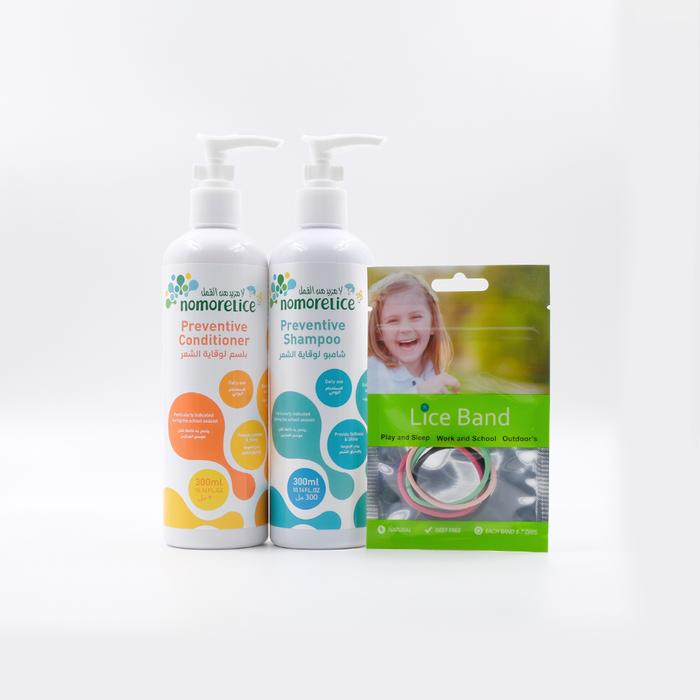Lice-Free Zone: A Comprehensive Guide To Hair Lice Removal
The discovery of hair lice can send a wave of panic through households but fear not – a lice-free zone is attainable with the right knowledge and strategies. This comprehensive guide will equip you with the tools to effectively remove these pesky pests from your life. What is the best hair lice treatment at home, this guide will help you make informed decision.
Identification and understanding:
Before embarking on a lice-removal journey, it’s crucial to correctly identify the problem. Hair lice are tiny, wingless insects that infest the scalp, causing itching and discomfort. They spread primarily through head-to-head contact and are commonly found in children due to their close interactions. Understanding the life cycle of lice is essential – they lay eggs (nits) close to the scalp, which then hatch into nymphs and mature into adult lice. Knowing this cycle helps tailor your removal approach.
Step 1: Thorough examination:
Begin by closely examining the scalp under bright light. Use a fine-toothed lice comb to comb through small sections of hair. Look for both live lice and nits, which are oval and often attach to hair shafts near the scalp. A magnifying glass can be helpful for accurate identification.
Step 2: Choose your strategy:
Manual removal: This traditional approach involves combing out lice and nits with a fine-toothed comb. Divide hair into sections and comb through each strand, wiping the comb on a paper towel to remove any lice or nits. Repeat daily until no live lice or nits are found for several consecutive days.
Over-the-counter treatments: Medicated shampoos and treatments containing active ingredients like pyrethrin or permethrin can be purchased. Follow the instructions carefully and repeat the treatment as recommended. However, be cautious of potential resistance in lice populations.
Prescription treatments: Consult a healthcare professional for prescription-strength treatments, especially if OTC options have proven ineffective. Ivermectin-based treatments have gained popularity for their effectiveness against resistant lice.
Heat treatments: Professional heat treatment devices can be used to raise the temperature of the scalp and hair, effectively killing lice and nits. This method is chemical-free and can be particularly useful against stubborn infestations.
Step 3: Cleaning and prevention:
Lice can survive off the scalp for a limited time, so cleaning the environment is crucial. Wash and dry bedding, clothing, and personal items on high heat. Vacuum upholstery and car seats, and seal items that can’t be washed in plastic bags for two weeks.
